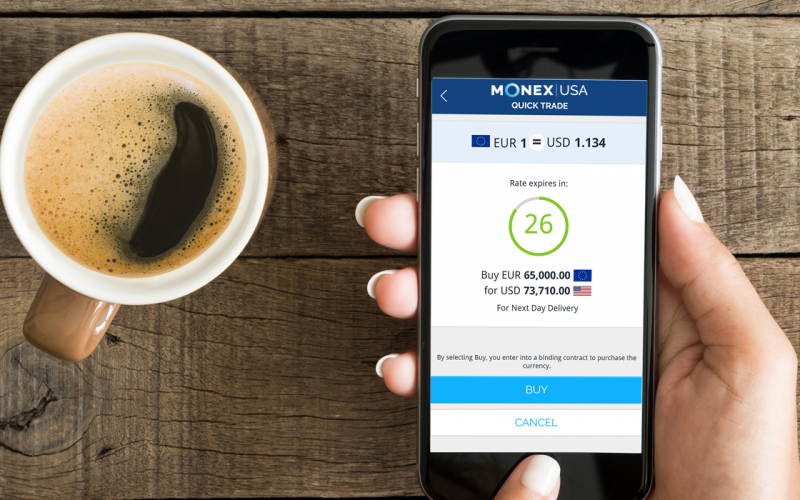New York, Dec 22 (Reuters) - The dollar rose on Tuesday in thin, choppy trading, as investors stepped back and assessed the implications of the U.S. stimulus bill that Congress passed overnight and a coronavirus variant raging in Britain.

There seemed to be a risk-off tone in the market, with U.S. stocks down except for Nasdaq, and U.S. Treasuries rallying. Currencies associated with higher risk appetite such as the Australian and New Zealand dollars, as well as the euro and sterling were also weaker against the greenback.
Tuesday’s data were weaker than expected, with U.S. existing home sales falling more than expected in November and the consumer confidence index lower than forecast.
Overnight, the U.S. Congress passed a $892 billion COVID-19 aid package that aims to shore up the nation’s pandemic response and bolster the battered economy. The coronavirus package is tied to general federal government funding to avert a government shutdown and is now awaiting President Donald Trump’s approval to become law.
“The stimulus was already baked in as something that would be done. In fact, it seems small and Democrats promised they will do more since more is indeed needed,” said Juan Perez, senior trader at Monex Consulting in Washington.
The new coronavirus variant, meanwhile, roiled markets earlier on Monday, but concerns have eased as medical experts seemed to indicate that the vaccines currently being deployed would be effective against it.
Moderna, for instance, expects immunity from its vaccine to protect against the variant and is performing more tests in coming weeks to confirm, the company said in a statement to CNN.
“The truth is, COVID remains a thorn on the side of Europe and Asia alone isn’t the world. This hemisphere and the other side of Atlantic,” are lagging in terms of fighting the virus, Perez said.
In mid-morning trading, the dollar index rose 0.3% to 90.37, as the euro fell 0.2% to $1.2213.
The dollar’s timid gains come in a market that is positioned for a weaker dollar. It’s pricing in a pandemic recovery that lifts commodity prices and benefits exporters and their currencies at the expense of the dollar.
Sterling also slid against the dollar, down 0.9% at $1.3347. The pound sank versus the euro as well, down 0.5% at 91.44 pence per euro.
Talks between the French and British governments to reopen their border continued, but trade talks between the European Union and the UK remained stalled, with disagreements over fishing rights the main obstacle.
But Britain crashing out of the EU without a trade deal and expectations that the new coronavirus variant could worsen the economic outlook of Europe might dent the consensus, said Marios Hadjikyriacos, an analyst at XM.
The Australian dollar fell 0.7% to US$0.7532. The New Zealand dollar lost 0.8% to US$0.7040.




